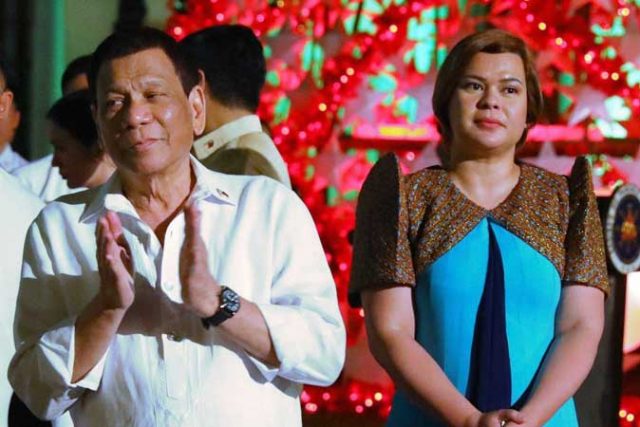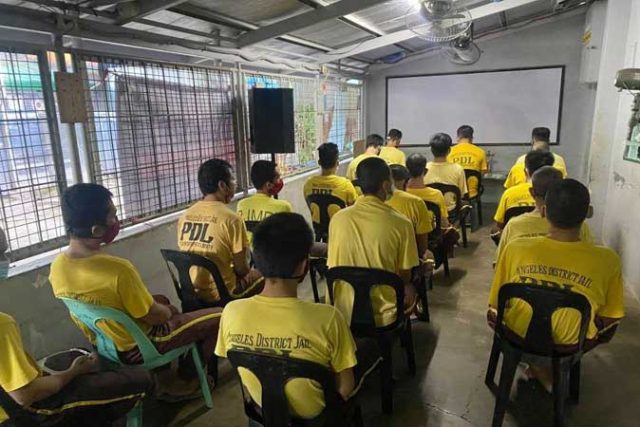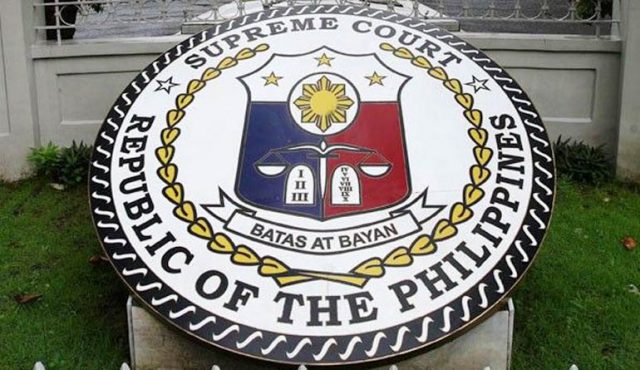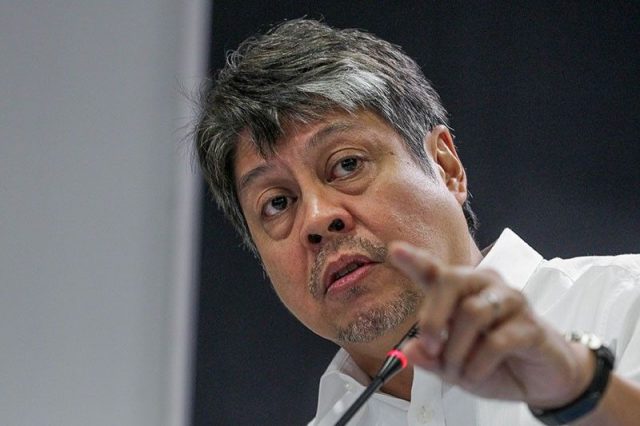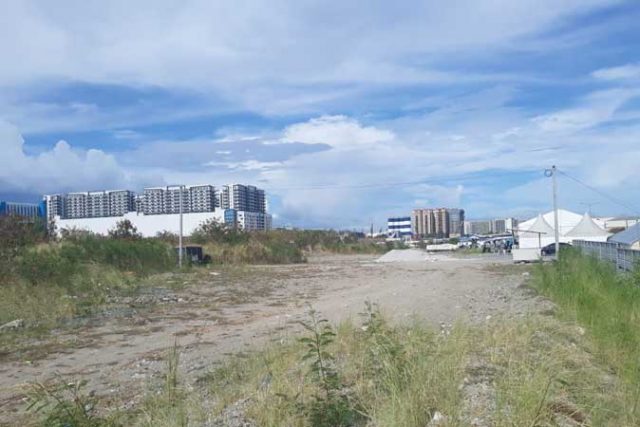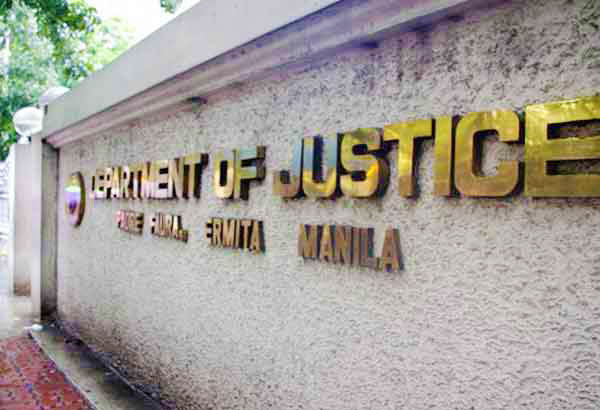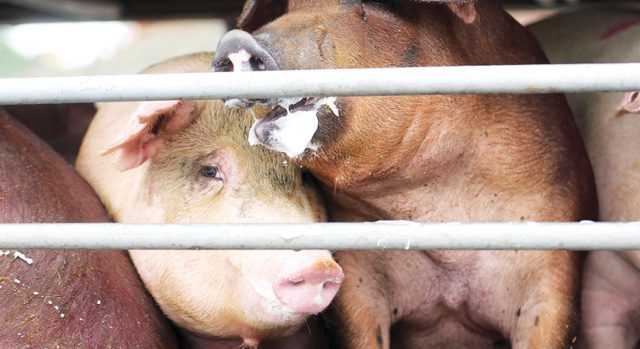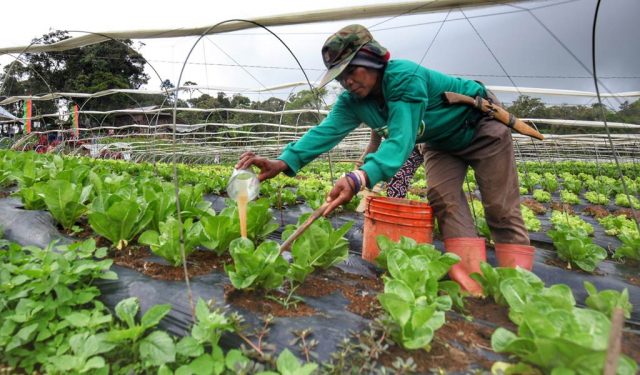PROPOSED amendments to a law regulating lending to farmers should include a special fund to be seeded with an initial P10 billion to help develop the agriculture and fisheries sector, the Bangko Sentral ng Pilipinas (BSP) said Wednesday.
Lyn I. Javier, the BSP’s managing director for Policy and Specialized Supervision, said the special fund is among the features of proposed amendments to Republic Act No. 10000 or the Agri-Agra Reform Credit Act of 2009.
Ms. Javier said the creation of the Agribusiness Management Capacity and Institution Building Fund will address the lack of funding in the agriculture sector, to which banks are reluctant to lend.
“The special fund will be used to finance well-defined agriculture and fishery-related activities as well as capacity and institution-building programs of farmers and fisherfolk cooperatives and organizations,” she told a Senate Agriculture committee hearing.
She said the special fund will consist of contributions from the banking sector in the form of grants, as well as penalties accrued from non-compliance with the agricultural financing requirement.
The initial P10 billion will be comprised of penalties collected from banks after the effectivity of the proposed measure. A P2-billion contribution of the banking industry will be chargeable against future penalties “in case of any short fall,” she said.
The central bank proposes that 70% of the special fund be allocated for technical capacity building programs and agri-agra pilot projects, 20% to learning opportunities and research, and 10% to financial literacy and programs “that will professionalize the management of cooperatives and duly registered organizations of rural agriculture and fisheries households.”
The measure will also form the Agricultural and Fisheries Finance and Capacity-Building Council, which will set up and manage the special fund.
The council should have a “good balance and broad representation from private and government sector,” she said, adding that it will identify projects or programs and eligible beneficiaries. It will oversee the monitoring of, reporting from, and audits performed on the special fund.
Ms. Javier also said that the BSP also wants to enhance access by rural communities to private-sector financing by expanding the coverage of the law to benefit members of the household of a farmer or agricultural worker, including their associations or organizations and enterprises.
She also said the BSP wants to “broaden types of activities eligible for private sector financing, provide incentives, and facilitate increased access to funding for all financial institutions in rural communities, not just those that are accredited.
Ms. Javier also said the BSP is seeking the removal of the distinction between the 15% agriculture and 10% agrarian credit but wants to maintain the 25% credit quota for the agriculture sector and agrarian reform beneficiaries, which banks need to comply with.
The proposed term of effectivity for the amendments is 10 years, she said.
“We believe that the 10 years will provide the time to implement strategic interventions,” Ms. Javier said. “After this period the government may consider pursuing other forms of intervention that would benefit the needs of a more mature and we hope more progressive agriculture sector.”
Monetary Board member V. Bruce J. Tolentino noted that the amendment to RA 10000 is among the priority measures of the government for the 18th Congress.
“The BSP fully supports the objectives driving the various agri-agra bills which seek to strengthen rural development through holistic approaches that consider the broad context for agricultural financing and rural community development and to improve the welfare and economic prospects of agriculture workers, their enterprises as well as their households and address the key challenges faced by the agricultural sector in obtaining access to financing,” he said at the hearing.
The Agri-Agra Law is among the bills the Legislative-Executive Development Advisory Council identified as priority measures to be passed by June. — Vann Marlo M. Villegas


